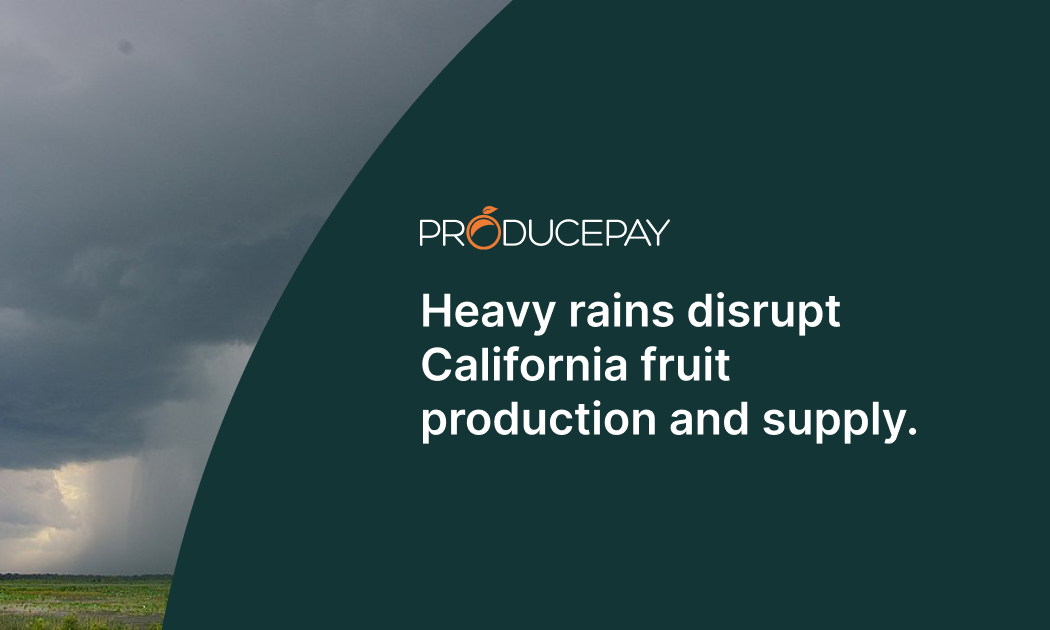
Heavy rains disrupt California fruit production and supply.
In February, a powerful rainstorm wreaked havoc on California’s agricultural industry. This phenomenon, fueled by an atmospheric river in the southern part of the state, severely impacted the harvest and supply of produce, underscoring the critical importance of preparing for climate volatility.
Effects on Strawberry and Citrus Production and Supply
The torrential rains affected crops such as strawberries and citrus fruits, which are highly susceptible to excess moisture. This condition leads to abnormal growth in citrus fruits, negatively impacting sales.
The strong winds associated with the storm also caused damage by toppling fruit trees and further hindering agricultural operations. The resulting floods rendered many fields inaccessible, disrupting harvest and transportation operations.
All of these factors will undoubtedly impact the national supply chain, as California is the major supplier of these products in the United States.
Further Expectations of this Weather Disruption
In addition to supply delays, an increase in food prices is anticipated in the coming weeks. The cost of strawberries increased by 15% on the West Coast during the week following the storm. However, this increase is also partly attributed to the high demand for this product before Valentine’s Day.
In the short term, the U.S. market is expected to become more reliant on Mexican supply, particularly in the case of oranges, and the USDA forecasts an increase in berry imports from Mexico and Chile to help meet domestic demand.
Combating Climate Volatility is More Crucial than Ever
Events like these highlight the importance of preparing for weather volatility in the ag industry. Implementing measures and solutions that provide financial stability is essential to mitigate the effects of extreme climate events and ensure food security in an increasingly unpredictable environment.
Tools like ProducePay’s Pre-Season Financing offer an innovative solution for strawberry and citrus producers, providing access to working capital in as little as 30 days.
With fast and reliable access to financial resources, growers can strengthen their production systems and adapt more effectively to changing weather conditions, thus ensuring greater food security and resilience in an increasingly unpredictable environment.
Sources: FreshPlaza, USDA-AMS, Fresh Fruit Portal, Agronometrics, The Produce News.

